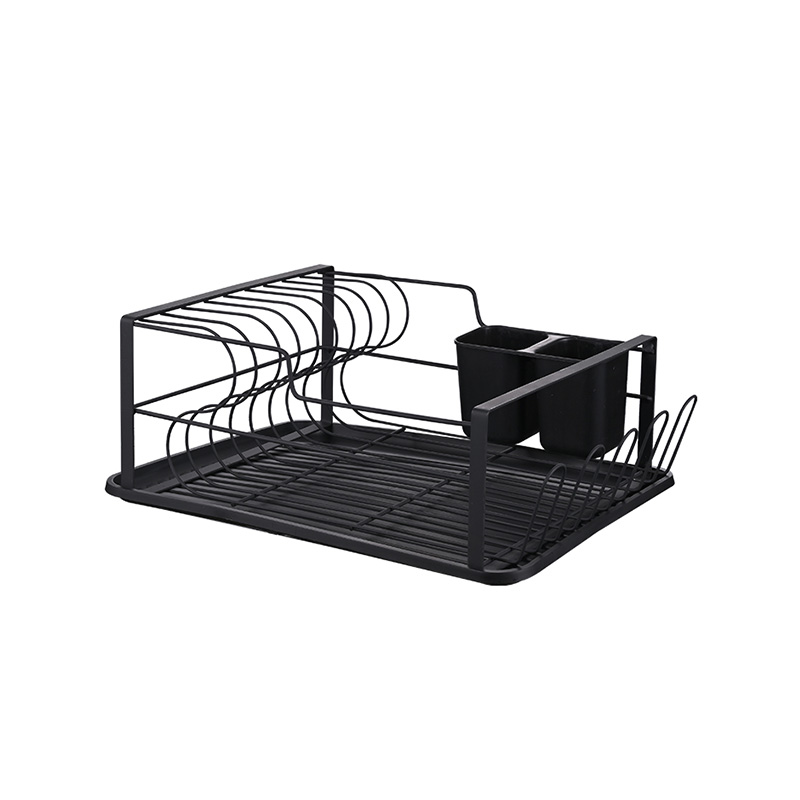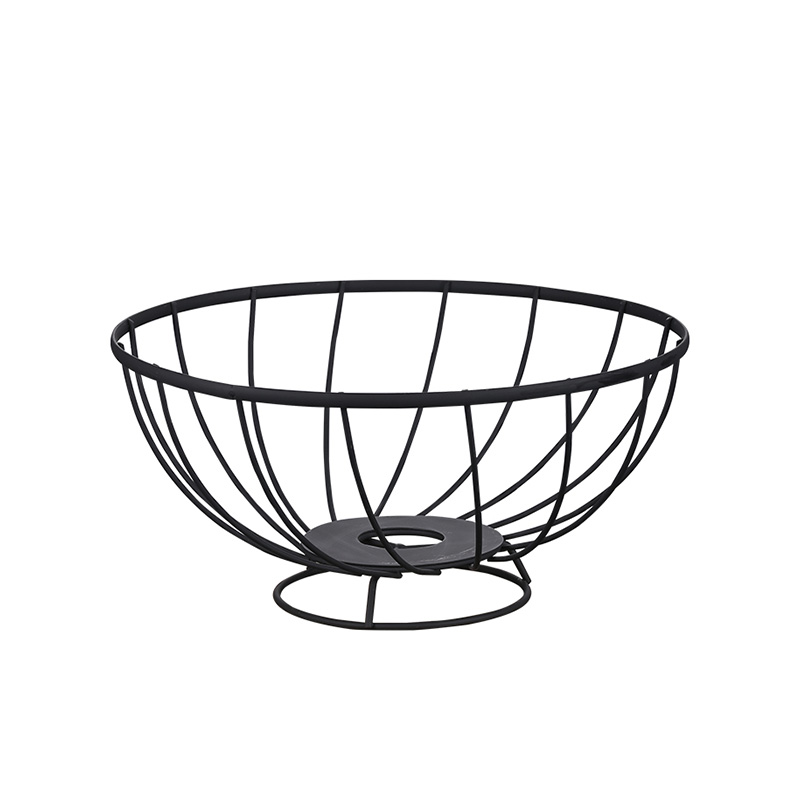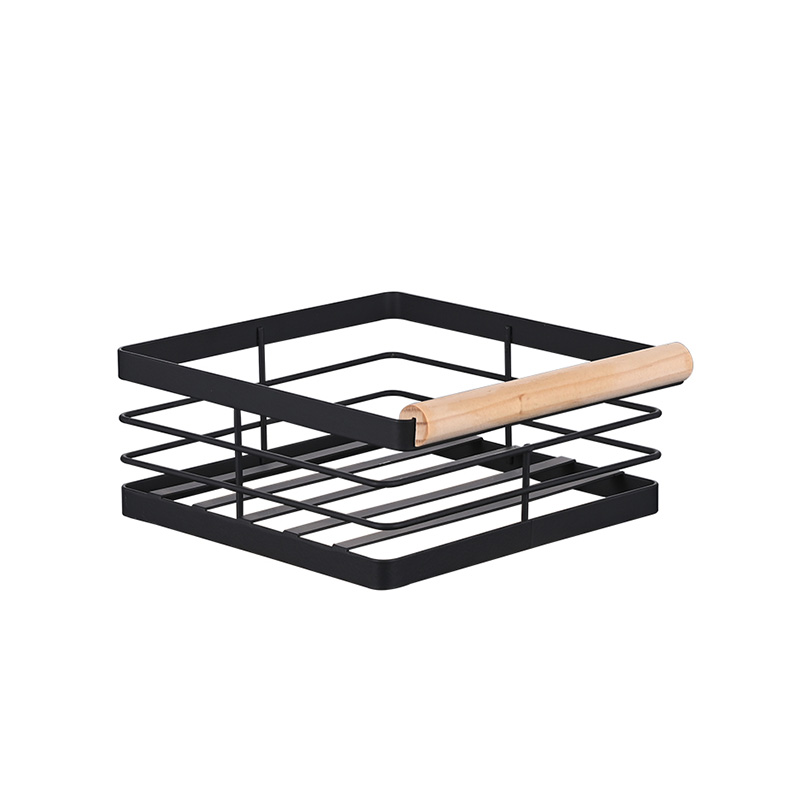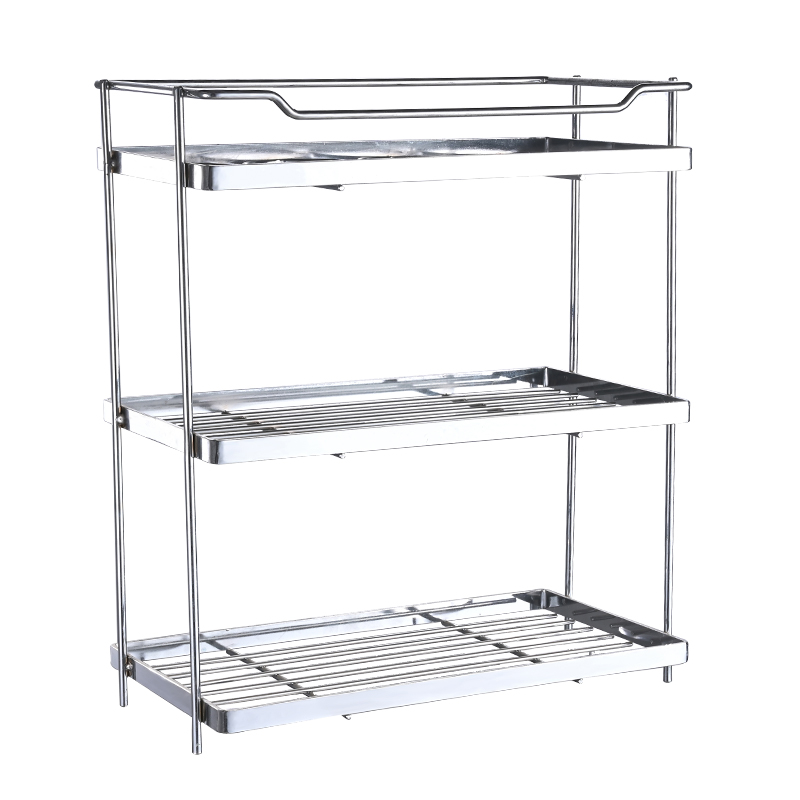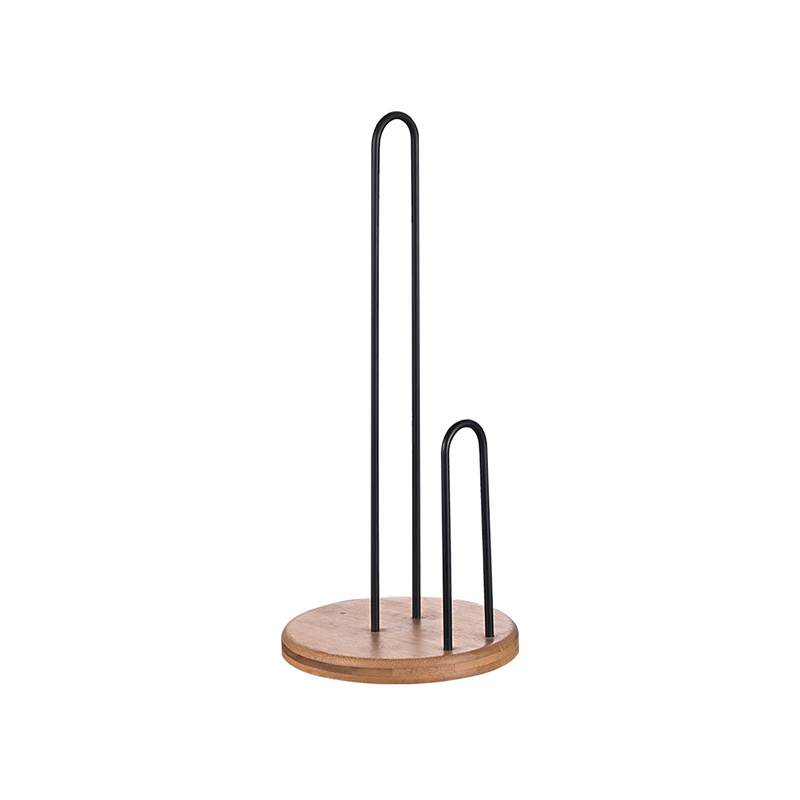How to Clean and Maintain Your Kitchen Dish Rack Properly?
A Kitchen Dish Rack is a helpful tool for drying dishes, but like any other kitchen item, it requires proper cleaning and maintenance to function well over time. Regular care not only ensures that your Dish Rack stays in good condition but also contributes to a cleaner, more hygienic kitchen environment. In this article, we will walk you through some effective methods to clean and maintain your Kitchen Dish Rack so it continues to serve you efficiently.
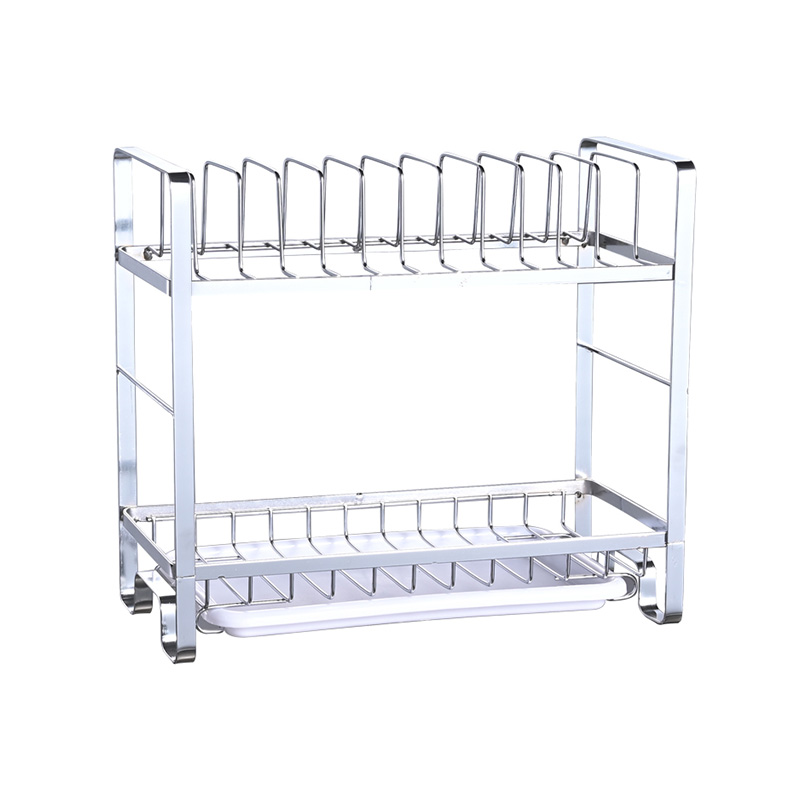
The easy way to maintain a Kitchen Dish Rack is by cleaning it after each use. After washing dishes, it’s a good idea to wipe down the rack with a soft, damp cloth. This helps remove water spots, food particles, and soap residue that can accumulate on the surface. If the rack is made of stainless steel, a microfiber cloth works well to clean it without leaving streaks. For a Dish Rack made of plastic or wood, simply use a gentle cloth with mild soap and water.
By cleaning your Kitchen Dish Rack after each use, you prevent the buildup of grime or residue that can make it look dirty over time. This small habit also ensures that your rack doesn’t become a breeding ground for bacteria or mold, particularly in the tray area where water collects.
While wiping down your Dish Rack daily helps with surface cleaning, a deeper clean is necessary once a week. For this, you can remove the rack’s drip tray (if it has one) and wash it separately with warm, soapy water. Use a sponge or dishcloth to scrub away any water stains, food scraps, or grime that may have built up.
A deep clean also involves cleaning the areas where water may not dry completely. Moisture can accumulate in corners, behind racks, or underneath the tray, so make sure to dry these areas thoroughly. If your Kitchen Dish Rack has multiple compartments, check that each part is free of mold or mildew, which can form when moisture is trapped.
If your Kitchen Dish Rack has stubborn stains, a simple mixture of vinegar and baking soda can be an effective solution. Sprinkle some baking soda over the affected area. Then, spray white vinegar over it and let the mixture bubble for a few minutes. The fizzing action will help lift grime and remove stains from the rack. After a few minutes, scrub the area with a soft brush or sponge to remove the buildup.
For a Kitchen Dish Rack made of stainless steel, this natural solution helps maintain its shiny finish while removing stubborn water spots or rust marks. Just remember to rinse the rack thoroughly after using vinegar and baking soda to avoid any lingering residue.
Once you have cleaned your Kitchen Dish Rack thoroughly, be sure to rinse it well to remove any cleaning products or leftover grime. After rinsing, dry it properly with a clean towel or let it air dry to avoid water spots. For racks with more intricate designs or small compartments, using a towel helps ensure that every area is dried properly.
Leaving your Dish Rack damp for an extended period can promote rust, mold, or mildew growth, especially if it is made of metal or wood. Therefore, proper drying is essential to maintaining the longevity of the rack.
Over time, constant use and exposure to water can take a toll on your Kitchen Dish Rack. It’s important to inspect your rack regularly for signs of wear or damage. Look for loose parts, bent wires, or broken supports that could affect its functionality. If you notice any issues, it might be worth repairing or replacing the damaged sections to avoid a collapse that could result in broken dishes.
For wooden Kitchen Dish Racks, check for cracks or splits that could occur from exposure to moisture. To prolong the life of the rack, apply a wood-safe conditioner or sealant to protect it from water damage. Stainless steel and plastic racks generally last longer but may require attention to rust spots or discoloration.
Many Dish Racks come with a drainage system to channel excess water into the sink. Over time, the drainage holes may become clogged with debris, food particles, or soap scum. It’s essential to clean these holes periodically to maintain proper drainage. Use a small brush or toothpick to clear any blockages from the drainage system.
A clean drainage system allows water to flow freely and reduces the risk of water pooling in the tray or under the rack. This not only prevents water damage to the rack but also helps maintain the overall cleanliness of the kitchen.
When cleaning your Kitchen Dish Rack, it’s ideal to avoid harsh chemicals that could damage the material or leave behind strong odors. Stick to mild dish soap, vinegar, or baking soda for a natural cleaning solution. Harsh cleaning agents, especially those containing bleach or ammonia, can weaken the material and cause discoloration over time.
-
Feedback


 English
English 中文简体
中文简体 русский
русский Español
Español
